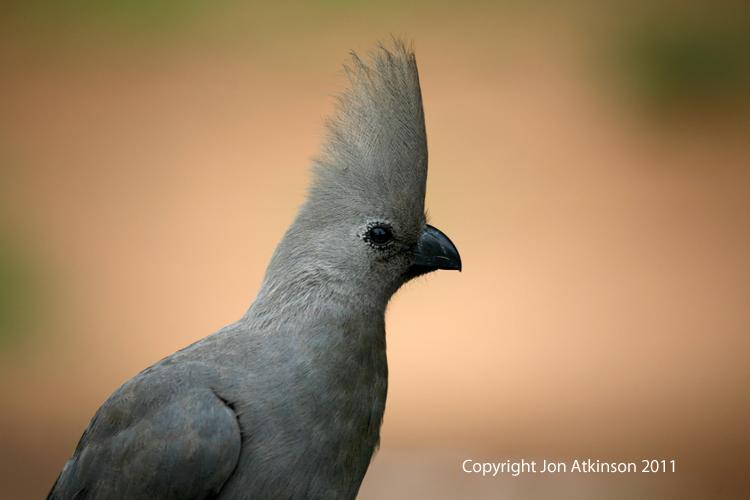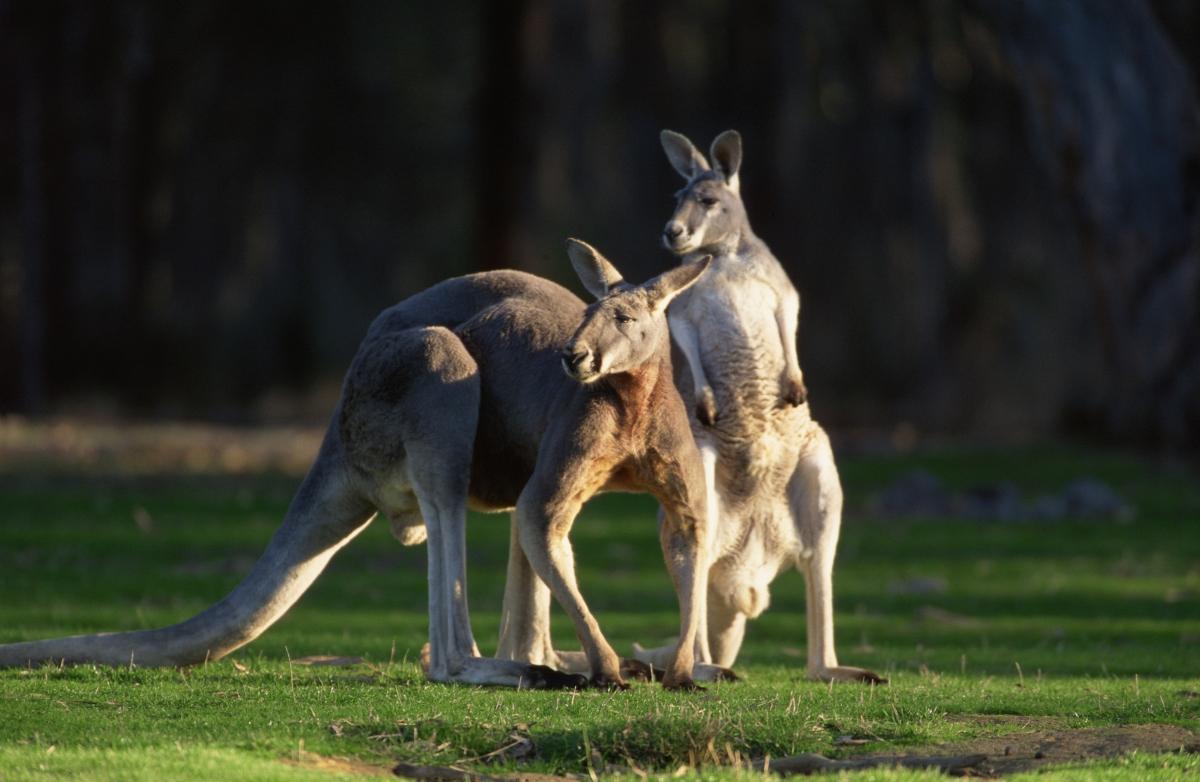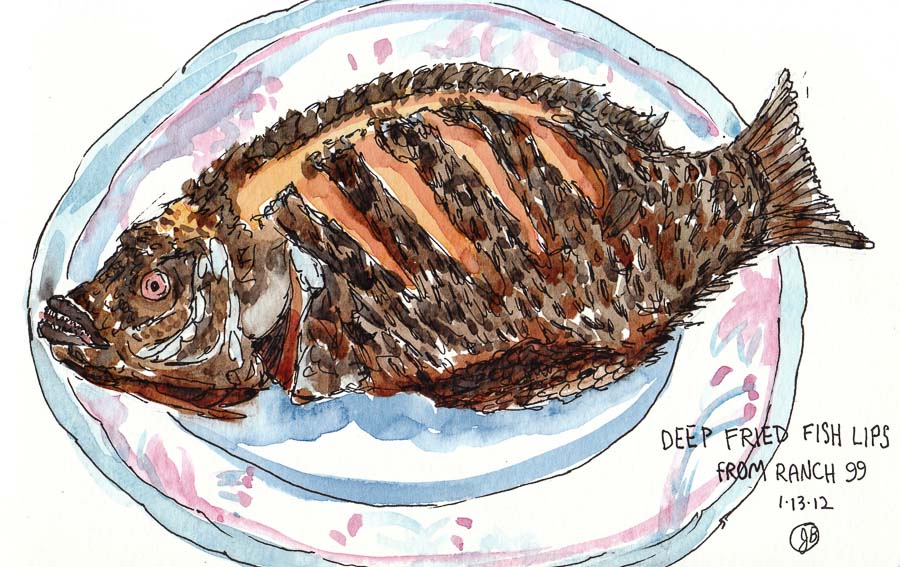Group Of Kangaroos Called
The Fascinating World of Kangaroos: Understanding the Dynamics of a Mob
Kangaroos are one of Australia's most iconic animals, captivating people with their unique hopping locomotion, strong hind legs, and distinctive pouches that nurture their young. However, one of the lesser-known facts about these marsupials is the collective term used to describe a group of kangaroos. Throughout this article, we'll explore the intricacies of kangaroo group dynamics, and why these mammals are collectively known as a mob, troop, or court.
What Exactly is a "Mob" of Kangaroos?
When exploring the Australian outback, you might stumble upon the intriguing sight of kangaroos gathered together. This assembly of kangaroos is traditionally referred to as a mob. But why precisely do we use this term?
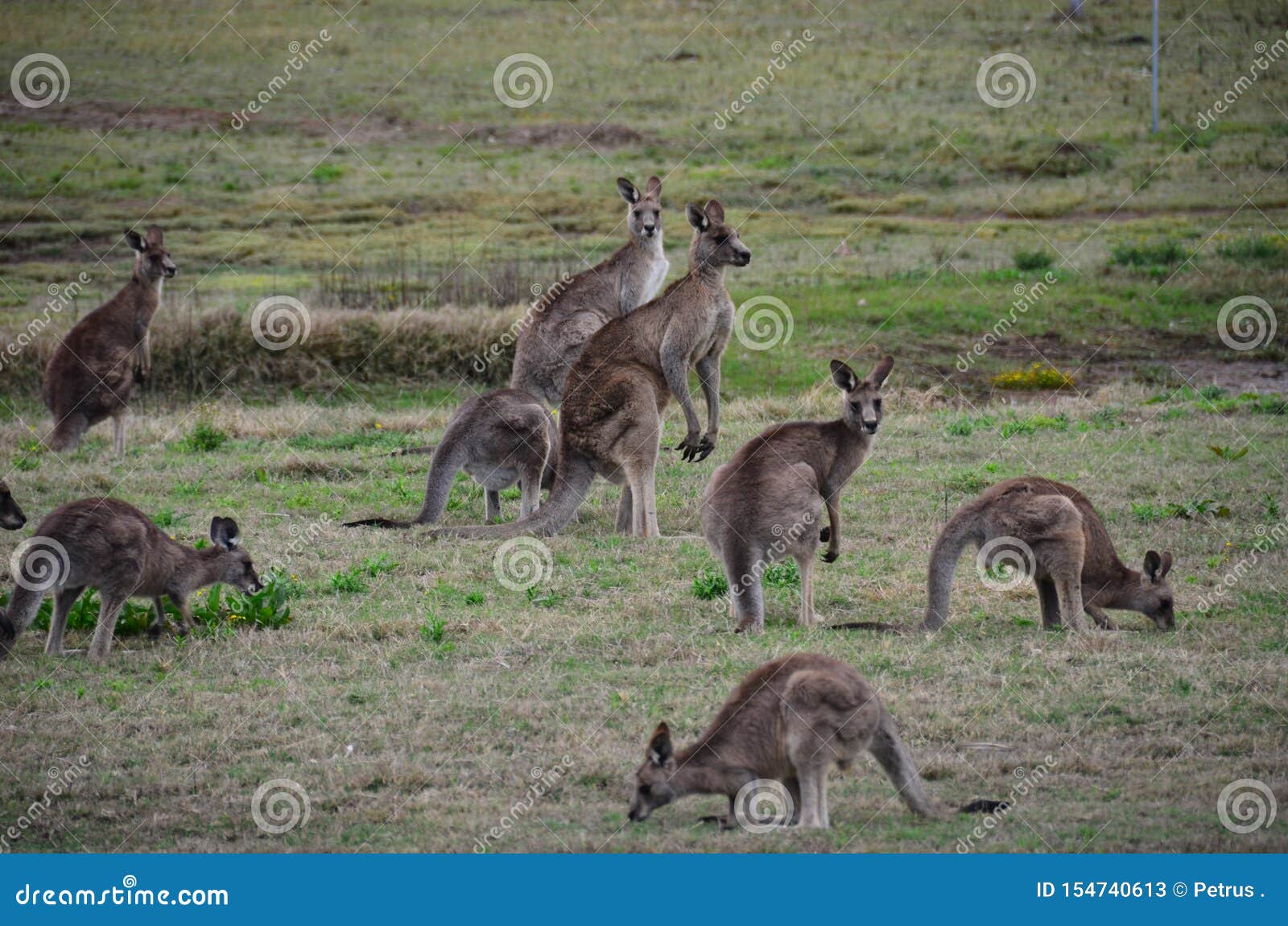
A Mob's Purpose: – Protection: Living in groups provides safety in numbers. – Social Interaction: Kangaroos are social creatures that engage in communal activities. – Breeding Opportunities: Mobs facilitate interactions between males and females.
Mobs do not have a strict size limit but typically fall within the range of 10 to over 50 individuals, varying based on geographic locations and environmental conditions.
The Alternative Terms: Troop and Court

While "mob" is the most widely recognized term for a group of kangaroos, the terms "troop" and "court" are also accepted. Each term offers a different connotation:
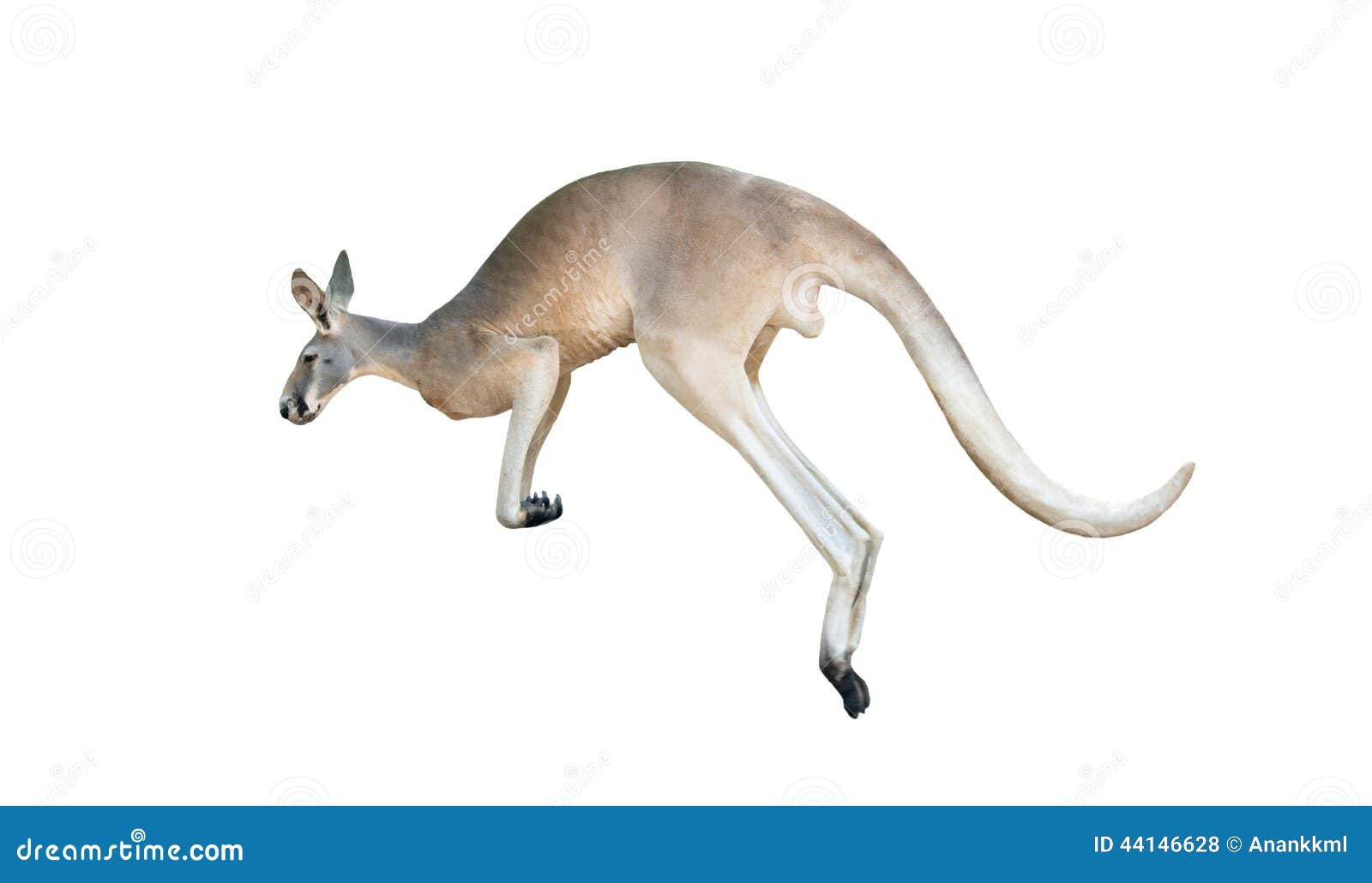
- Troop: Often alludes to a sense of organization, implying structure within the group.
- Court: Brings about imagery of a more formal gathering or assembly.
Despite these subtle differences, "mob" remains the preferred term, especially within Australia.
Understanding Kangaroo Group Dynamics
Leadership and Hierarchy
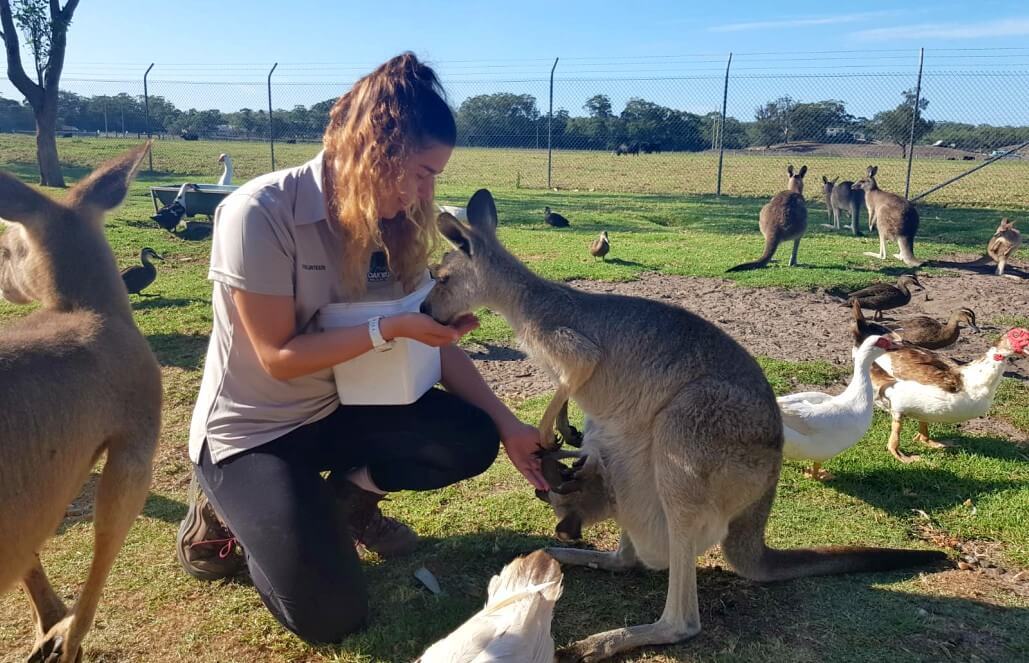
Kangaroo mobs do exhibit a loose structure, often with a dominant male, also known as a buck, boomer, or jack, which assert control and compete for mating rights. The female kangaroo, referred to as a doe, flyer, or jill, also plays a crucial role within this hierarchy, particularly regarding the care of joeys (baby kangaroos).
Table: Common Kangaroo Social Behaviors
Where Do Petsmart Get Its Animals
| Behavior | Description |
|---|---|
| Boxing | Males often spar by "boxing" during mating season. |
| Grooming | Bonds are strengthened through mutual grooming. |
| Grazing | Mob members feed together, primarily at dawn and dusk. |
Kangaroo Conservation: Why Group Names Matter
The way we refer to kangaroos and their social structures carries weight in conservation efforts. By understanding and respecting the terminology:
- Enhances Public Education: Educating people about kangaroo behaviors, including their group dynamics.
- Promotes Ecotourism: Encourages visitors to observe these creatures in their natural "mobs" without disturbing their habitat.
- Aids Research: Provides researchers a linguistic framework for studying kangaroo social structures.
Final Thoughts on the Kangaroo Mob
Kangaroos continue to thrive in the diverse landscapes of Australia, from woodlands to grassy plains. Their ability to form mobs is a testament to their adaptability and social nature. Whether you are an animal enthusiast, wildlife researcher, or a traveler looking to explore the rich biodiversity of Australia, an understanding of kangaroo mobs is essential.
By delving into the world of kangaroo mobs, we gain a deeper appreciation for these marsupials and the collective nouns that represent them. So the next time you see a group hopping across the horizon, remember, you're witnessing the marvel of a mob, troop, or court in action.
Remember, the term "mob" not only resonates with the protective and social behavior of kangaroos but it's also an integral part of the lexicon that wildlife conservationists and enthusiasts use to foster a greater appreciation for this remarkable species.

